My DVD set for the Blender Foundation's latest open movie, "Sintel," arrived this month. Considering the size, expense, and duration of the production, it's a truly amazing short film. There's much more emotional weight here than in "Elephants Dream" or "Big Buck Bunny." More of interest here, though, is the huge amount of supplementary material included in the set. This is more than just the sources for the movie. There's also a lot of tutorial information for Blender users and of course, an array of personal commentaries on the production process.
The Film
Well, even though it's much longer than originally planned, the film is still very short -- just under 15 minutes. I don't want to give away spoilers, though you may have heard them already. But the film is moving to a far greater degree than the artsy and opaque Elephants Dream or the cartoon humor of Big Buck Bunny. Not yet "high art", perhaps, but entertaining and involving. The characters are much more interesting than in the previous films. It seems to me that the Blender Institute is successfully learning how to produce better films.

I really enjoyed it, and I had to immediately watch it several times to appreciate the detail. Of course, the technical expertise of the modeling and animation is the real value of the show, and there is some amazing stuff here. Perhaps most on display is the particle-based hair modeling, which looks really good. I understand that it's still not quite where the developers want it to be, but as a viewer, I found it fairly impressive even as it is.
If I noticed anything that was disappointing, it was probably the water effects. At a couple of points in the film, there is water in a container, and the shape is wrong, as if the viscosity and the optical properties of the water were wrong. But it's a very minor issue, considering the number of things they got right.
There's also just a lot in this film. Due to the use of montages with lots of different 3D environments, this short film has an awful lot of distinct settings, which must have required a lot of modeling.
The first two disks contain the movie and special features in NTSC and PAL formats, respectively; the third disk is a DVD-ROM with "Extras," especially tutorials; and the fourth contains the actual Blender file data used to create the film (essentially, the "source code" of the film).
DVD Special Features
There are eight commentaries on the feature DVD: director, writer, whole group, lighting and rendering, rigging, animation, sound and music, and software developers. Each is worth listening to. There's also a few deleted scenes, presented as pre-visualization animatics and storyboards, and a well-produced, hour-long "making of" documentary.
Everything is at least a couple of cuts above the same work on the Big Buck Bunny DVD, and well beyond anything that was released with Elephants Dream. This is a much more impressive achievement.
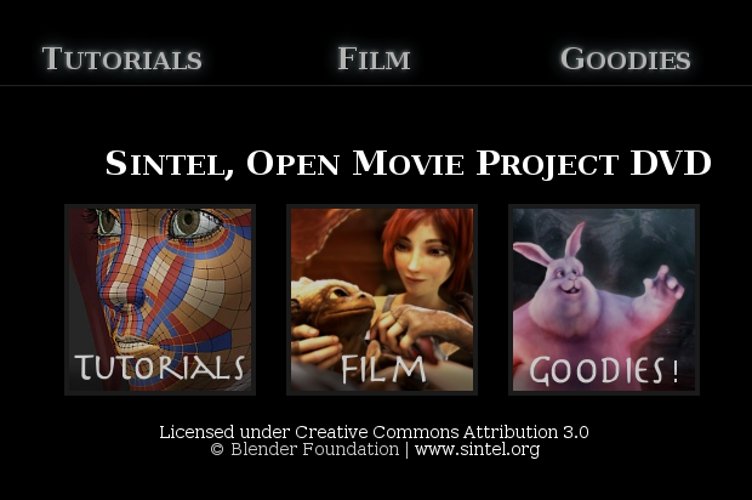
The best part: The tutorials disk
Easily the most fascinating part of the package, though, is the "Extras" DVD-ROM disk. I really enjoyed seeing Revoy's concept art -- especially the alternative concepts for the character Sintel, and the overall style of the art.
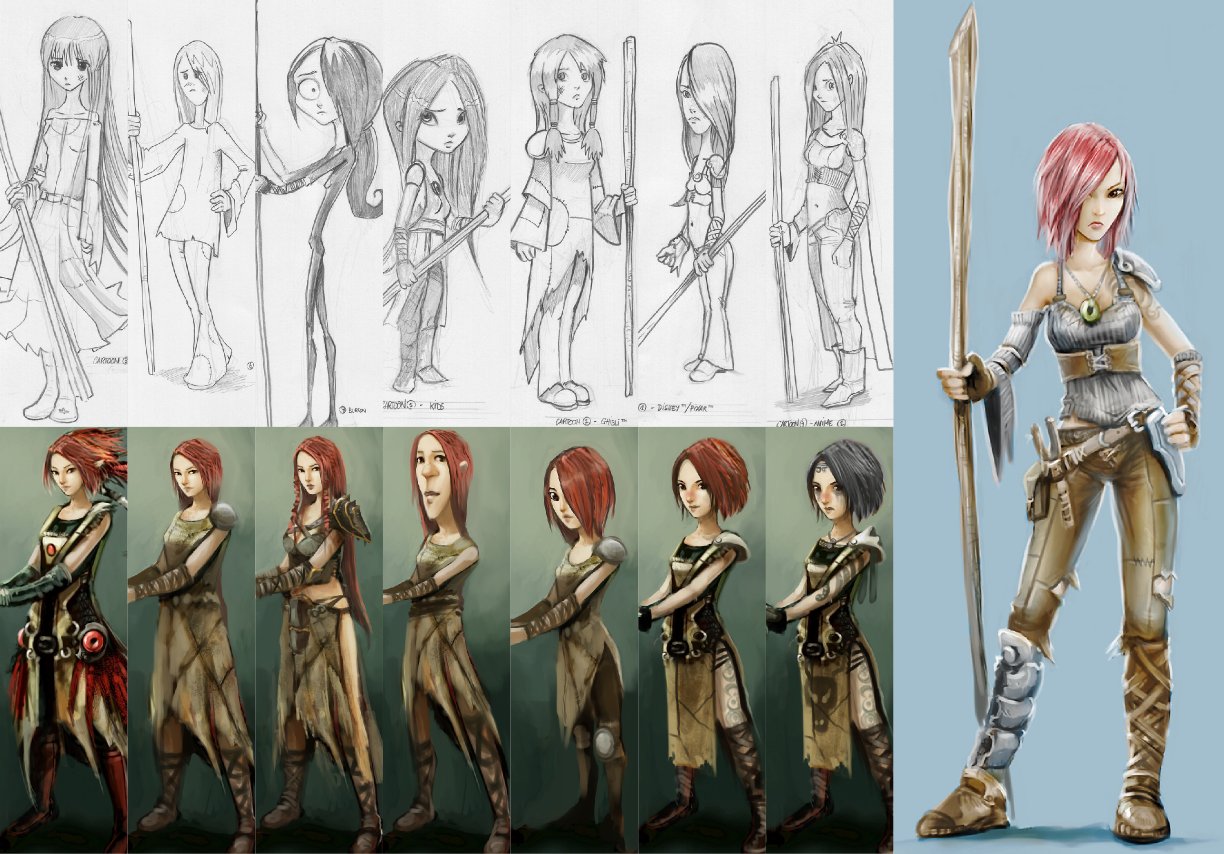
But the thing that's going to be the most useful, probably, is the collection of tutorials, on everything from digital painting to character mesh design for animation. It's a great collection which I'm only starting on. Angela Guenette offers some very professional tutorials on modeling faces for expressive animation. She's created some very detailed and flexible models, and these tutorials communicate some of the principles behind her work.
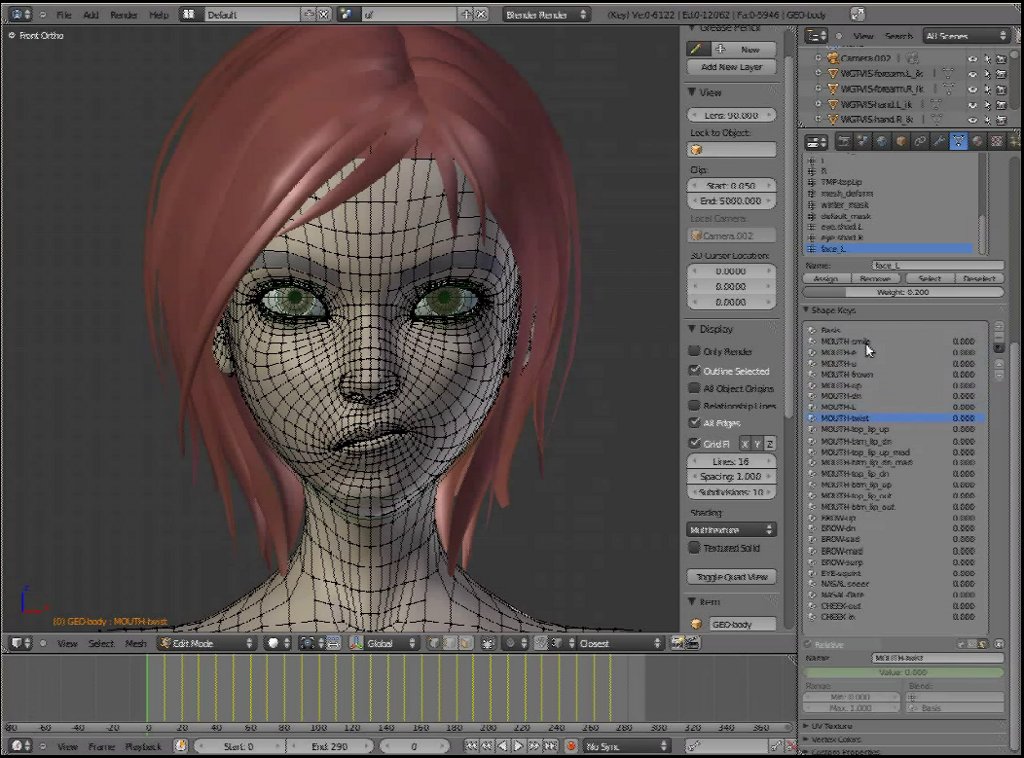
Colin Levy gives a number of tips on simple features in Blender as well as a tour of the blend file that controls the animatics for the movie. It's also my first glimpse of the new Blender 2.5 interface, which has some intriguing design changes. Blender 2.53 is currently packaged in Debian's "Experimental" collection of packages, so there's a good chance I'll be trying it out soon.
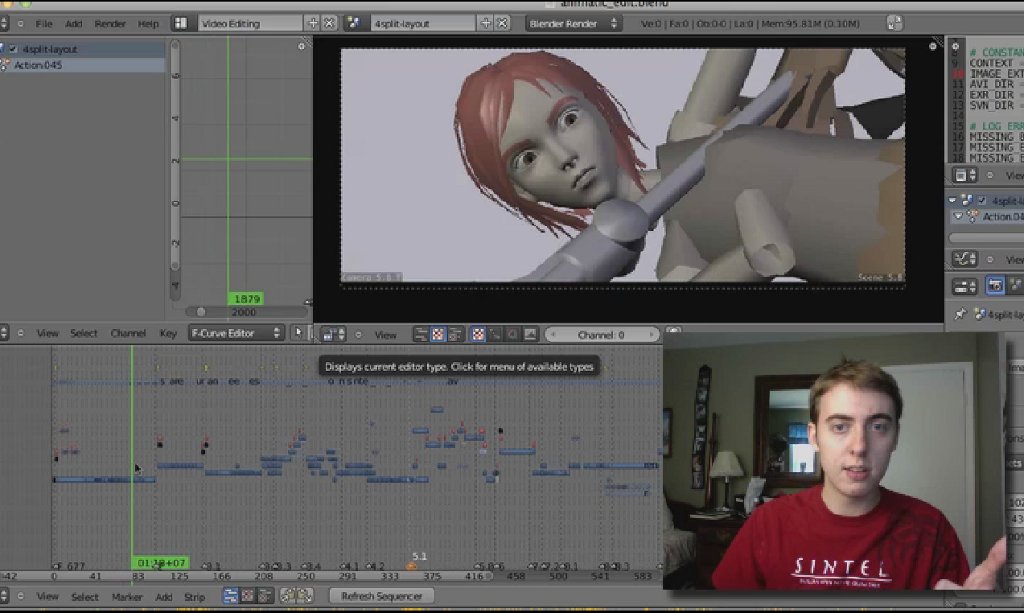
I particularly enjoyed William Reynish's tutorial on animating character faces. He chose a challenging case here of an introspective scene. This is a perfect example of "animation as acting," as he goes through the process of expressing emotion through Sintel's features.
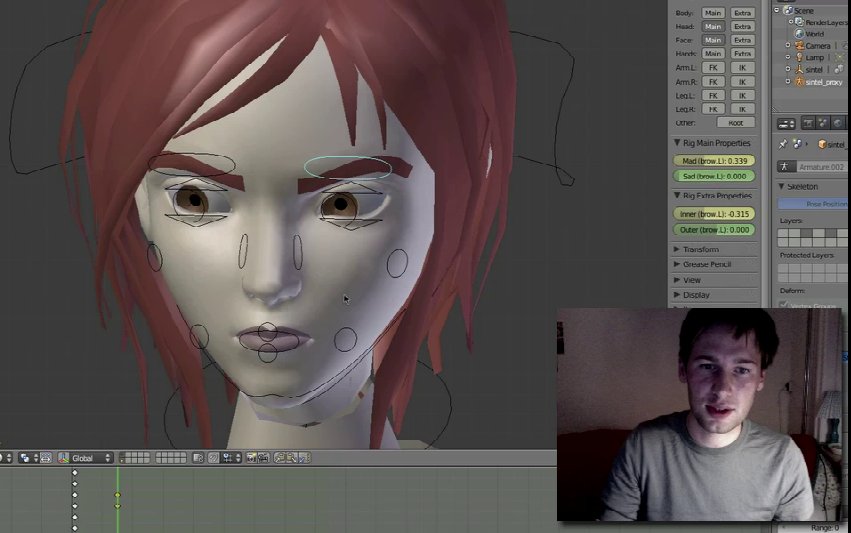
Give and take
Of course, one thing I had to do was to look for my name in the credits. As one of the (many) people who pre-ordered the DVD last year, I'm really happy to see fruit come out of this project. Now that it's out, I can see a lot here that I'll be able to use to hone my own skills and, hopefully, create my own animation in time. And that's what "read/write culture" is all about!
More information about Sintel can be gotten from the Durian Project website.
Licensing Notice
This work may be distributed under the terms of the Creative Commons Attribution-ShareAlike License, version 3.0, with attribution to "Terry Hancock, first published in Free Software Magazine". All the illustrations in this article are from the "Blender Foundation | www.blender.org" and are released under the Creative Commons Attribution License, version 3.0.